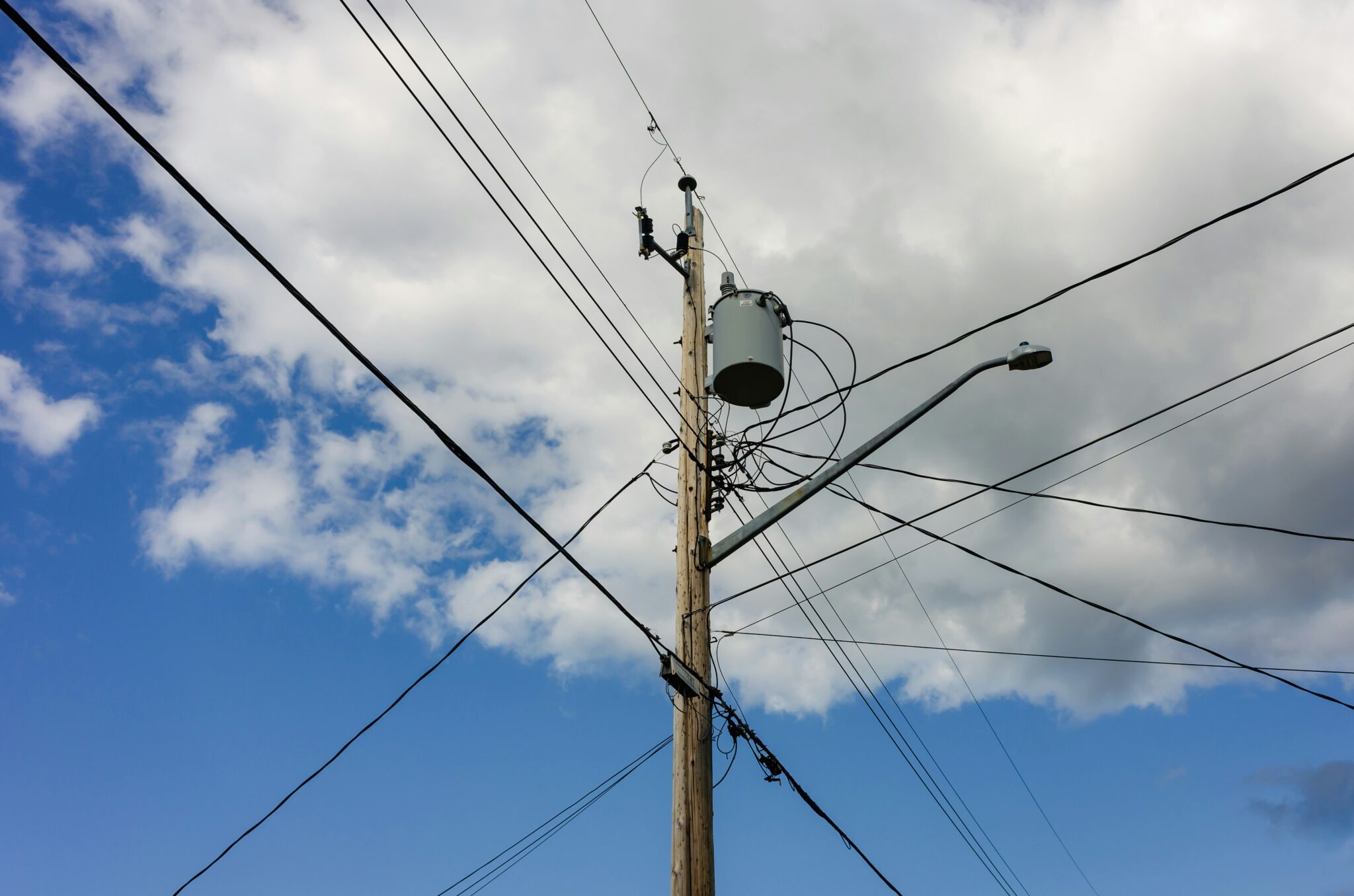The Political Economy and Governance of Rural Electrification

Photo credit: Greg Rosenke via Unsplash
Policy Context
Government agencies often rely on private firms to supply goods and services: public procurement spending amounts to 12% of global GDP. Procurement regulations can improve project outcomes but may also introduce bureaucratic inefficiencies. Between 2000 and 2022 the World Bank financed more than 311,000 contracts with private sector contractors for the procurement of more than $185 billion in works, goods, or services for more than 21,000 projects, many of them in infrastructure construction. Donors’ procedural conditions are designed to strengthen and enforce institutional procurement processes, but as a result, “operations risk being overburdened with over-defined and intrusive step-by-step process conditions” (World Bank 2005).
Study Design
Researchers study the Last Mile Connectivity Project (LMCP), one of Kenya’s largest public infrastructure projects at a cost of $600 million. The Government of Kenya selected 8,520 villages where all unconnected households within 600 meters of the existing grid would be connected. The program was implemented by Kenya Power—Kenya’s majority government-owned electric utility—which outsourced construction to dozens of private firms.
Two key features of procurement procedures differed across the 3,200 sites funded by the World Bank (WB) and the 5,320 sites funded by the African Development Bank (AfDB). First, Kenya Power awarded 10 ‘bundled’ contracts that included network designs, materials, and installation for villages funded by the AfDB. In contrast, Kenya Power awarded 29 specialized, heterogeneous (or ‘unbundled’) contracts for villages funded by the WB. Second, Kenya Power conducted far more detailed ex post inspections of completed sites before handover to the utility.
LMCP sites were assigned to be funded by either donor in a way that was arbitrary: any differences in outcomes can therefore be attributed to differences in procurement procedures. To disentangle contract bundling and monitoring the research team implemented a randomized auditing intervention (with the support of partners at the WB, the AfDB, and Kenya Power). Through in-person meetings, contractors were informed that key aspects of the completed construction at a random subset of sites would be measured.
The research team tracked construction progress over multiple years for 380 LMCP villages, and then collected three types of on-the-ground data. First, they measured construction quality for key infrastructure components such as electrical transformers, poles, and wires. Second, they deployed state-of-the-art GridWatch sensors to measure minute-by-minute site-level power outages and voltage quality. Third, they conducted household surveys to understand connection experiences and energy usage. The team complement these data with the original Kenya Power procurement contracts and inspection reports. Finally, over the course of six years they conducted dozens of in-depth conversations with officials at Kenya Power, WB, AfDB, and private contractors to gain a deeper understanding about each funder’s contracting, construction, and monitoring procedures.
Results and Policy Lessons
Contracting procedures are highly consequential for project outcomes in terms of both costs and benefits. First, construction at WB-funded sites is far slower and leads to fewer pole installations and household connections. There are 18% fewer customer connections per site at WB-funded sites, and household meter activation is completed on average 16 months later than at AfDB-funded sites.
However, the WB procedures do improve on-the-ground construction quality significantly: 77% of WB-funded sites have higher measured quality construction than the median AfDB site, which is likely to have meaningful implications for pole longevity and long-term maintenance costs, even though there are no improvements in electricity reliability and voltage quality.
To disentangle the impact of inspections from the unbundled contracting, the research team turns to the randomized audit experiment. The audits cause significant improvements in construction quality at AfDB-funded sites. Households at these sites experience higher power quality: the audit treatment halves the average gap between experienced and nominal voltage. Treatment households further report higher household connectivity and energy usage. The audits increase the number of connections while being relatively inexpensive to administer and incurring shorter delays than unbundled contracts. This suggests that additional monitoring can be an effective, low-cost way to increase quality for projects carried out using bundled contracts.
The average cost per new household connection is $563 at AfDB-funded sites and $728 at WB-funded sites. However, the empirical results point to a stark intertemporal trade-off. Policymakers may need to jointly evaluate the short-term administrative costs (in terms of added delays) and the long-term benefits (in terms of lower maintenance costs) of a procurement approach featuring unbundled contracts and enhanced inspections, meaning the net benefits will depend on how policymakers weighs benefits and costs. Those with a higher time discount rate might prefer the timelier construction enabled by a streamlined bundled approach. Conversely, in situations where maintenance costs are expected to rise quickly with poor quality, a delayed start might be worth the improved long-term outcomes.
An alternative procurement procedure that combines contract bundling with enhanced ex post audits could reduce delays while achieving meaningful improvements in quality, and might therefore be preferred to both the real-world approaches. Ongoing engagement with policymakers in Kenya Power, the Ministry of Energy, the World Bank, and the African Development Bank suggest that forthcoming results can influence procurement policies across sub-Saharan Africa, improving outcomes when contracting and monitoring private firms for the provision of public goods. In the Kenyan context, the results have helped inform the next phase of construction.

